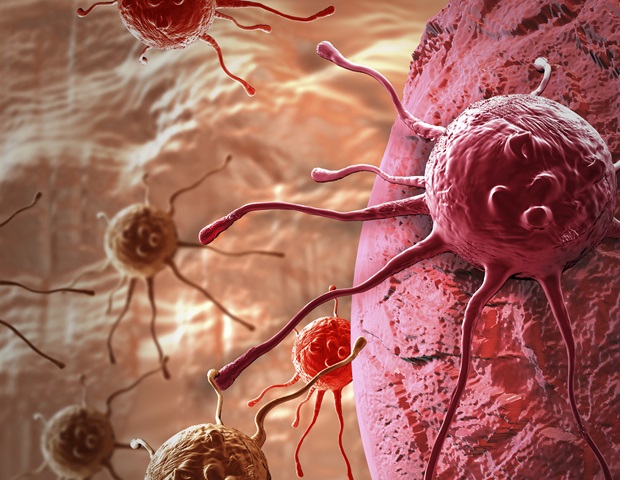The results of the study, conducted from the Virgen del Rocío Hospital, reveal the importance of personalized medicine and evaluating each patient.
This multi-center study, published by the American Journal of Gastroenterology and led by researcher Javier Ampuero, a specialist in the Digestive System at the Virgen del Rocío University Hospital and associate professor at the University of Seville, makes it possible to determine which patients remain at risk of liver cancer and, therefore, need to continue with follow-up consultations after recovering from a hepatitis C infection.
An analysis was carried out on a cohort of 1,000 patients from 11 Andalusian hospitals. The project underscores the need for personalized medicine and individual evaluation of patients with hepatitis C, even after recovering from this infection.
After the infection is cured, the patients' prognosis changes radically, with a smaller number of patients who will suffer complications derived from the damage already suffered. In this sense, our findings show that there are patients who remain at risk of liver cancer, despite having been cured of hepatitis C, and therefore must continue to be closely monitored, while there are others who continue with follow-up consultations but could in fact be discharged due to their low risk."
Dr. Javier Ampuero, Associate Professor, University of Seville
The combination of two steps, transient elastography and ultrasound, is described to determine patients at risk.
Current guidelines recommend follow-up after recovery based on baseline data (that is, laboratory tests or transient elastography before starting treatment), while the study proposes also considering changes after treatment for better risk stratification.
Javier Ampuero is also a professor at the University of Seville and co-researcher in charge of the SeLiver Group in the Liver Diseases area of the Seville Institute of Biomedicine (IBiS), coordinated by Manuel Romero. Three researchers from the CIBER for Liver and Digestive Diseases participated in this study.
Hepatitis C
Chronic hepatitis C infection is responsible for one of the most prevalent liver diseases worldwide and is one of the main indications for liver transplantation. Since the arrival of direct-acting antivirals, most patients can be cured in a few weeks and with few adverse effects, unlike what used to happen.
The professionals of the Digestive System unit of the Virgen del Rocío University Hospital have treated and cured more than 1,500 patients since 2015, the date direct-acting antivirals arrived. Moreover, they are now focusing on the detection of patients with unknown infection and, especially, on determining which patients should be monitored in the health system because of their risk of complications after recovering from hepatitis C.
University of Seville
Ampuero, J., et al. (2022) A 2-Step Strategy Combining FIB-4 With Transient Elastography and Ultrasound Predicted Liver Cancer After HCV Cure. The American Journal of Gastroenterology. doi.org/10.14309/ajg.0000000000001503.
Posted in: Medical Research News | Medical Condition News
Tags: Biomedicine, Cancer, Chronic, Digestive System, Gastroenterology, Hepatitis, Hepatitis C, Hospital, Laboratory, Liver, Liver Cancer, Liver Transplantation, Medicine, Ultrasound
Source: Read Full Article
